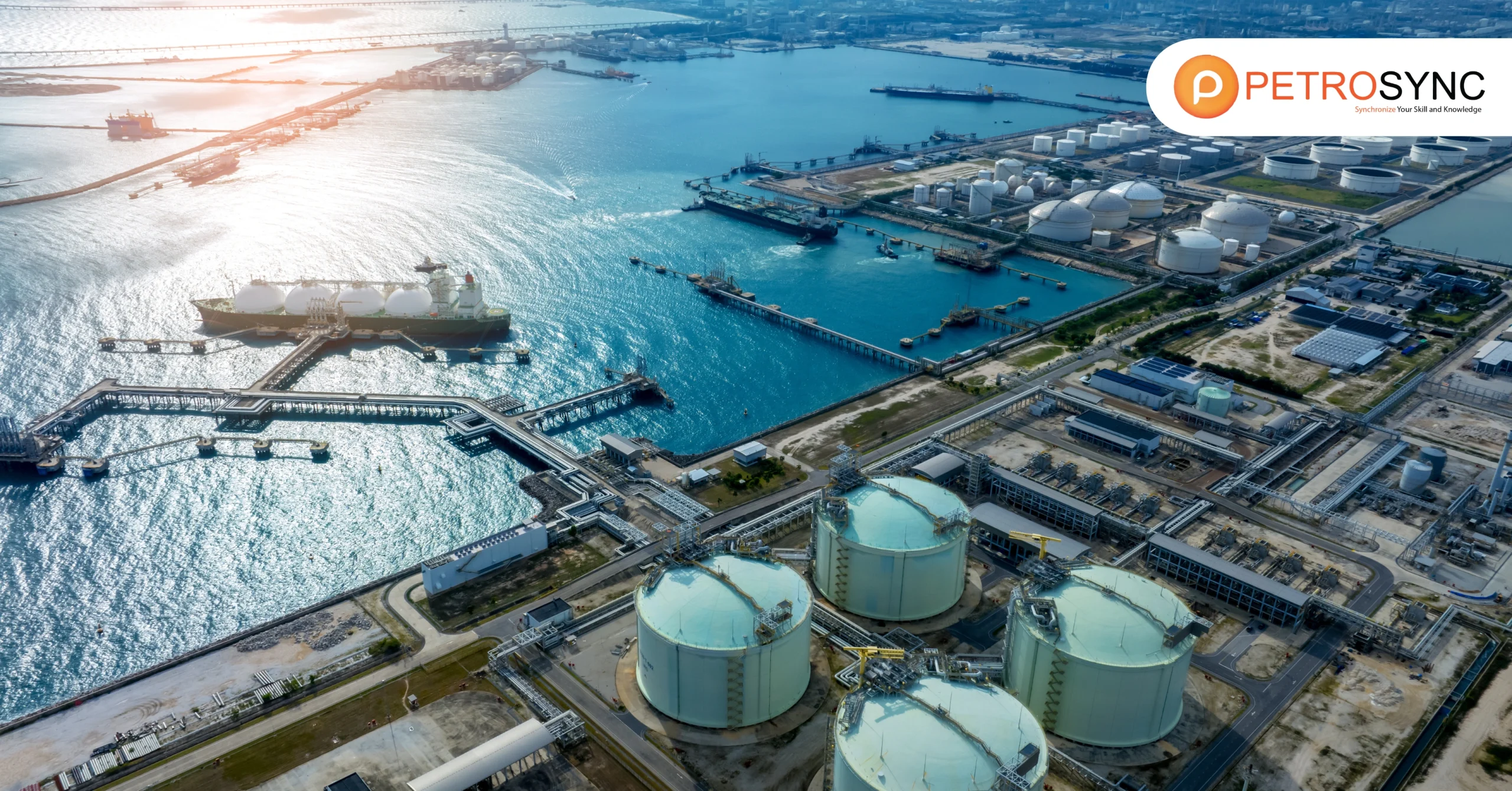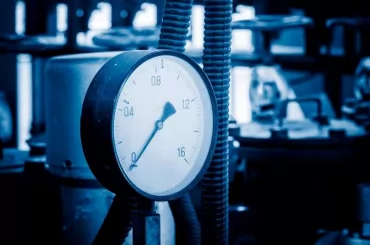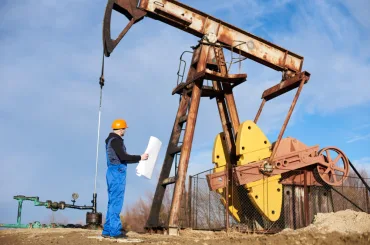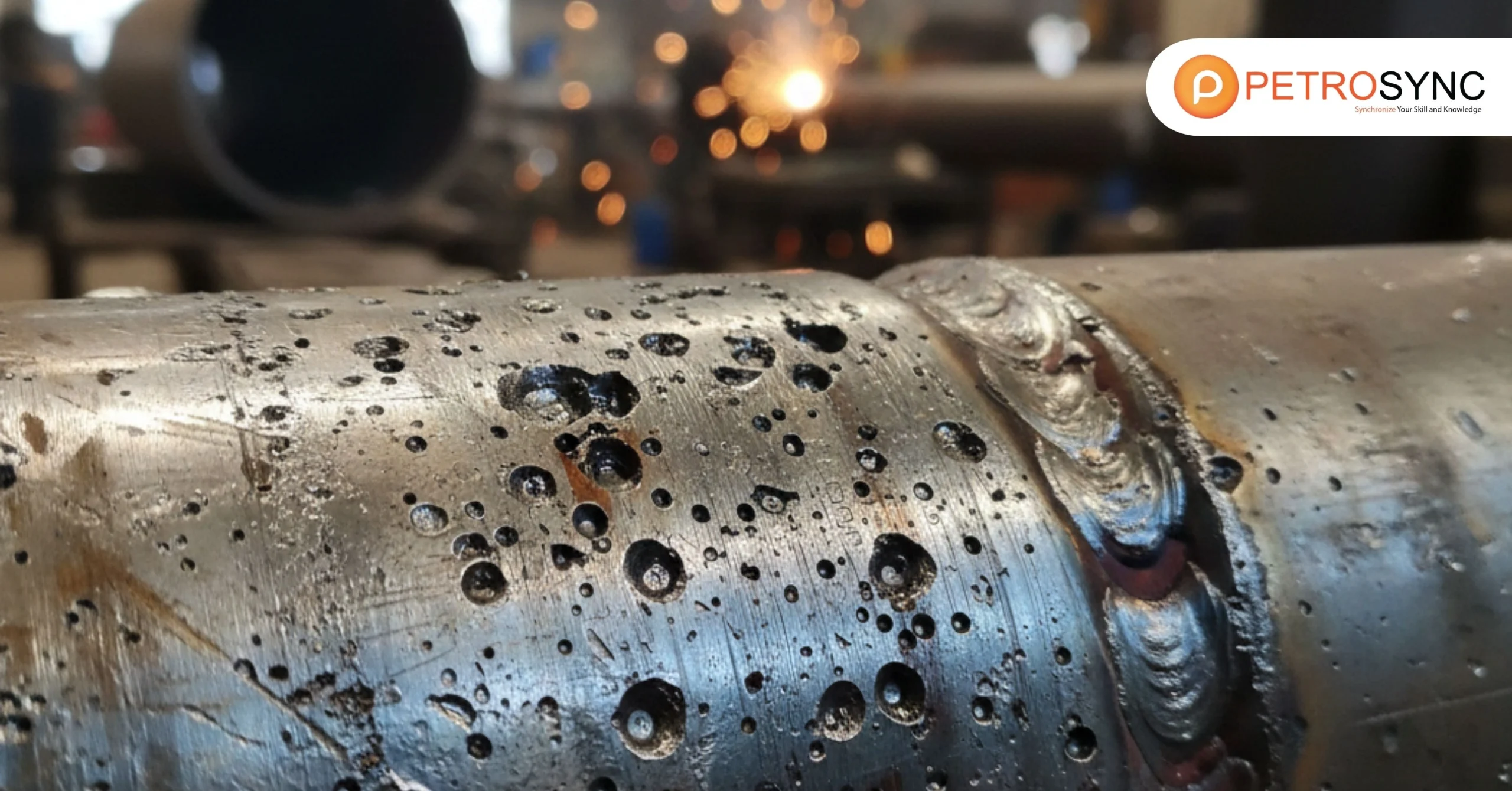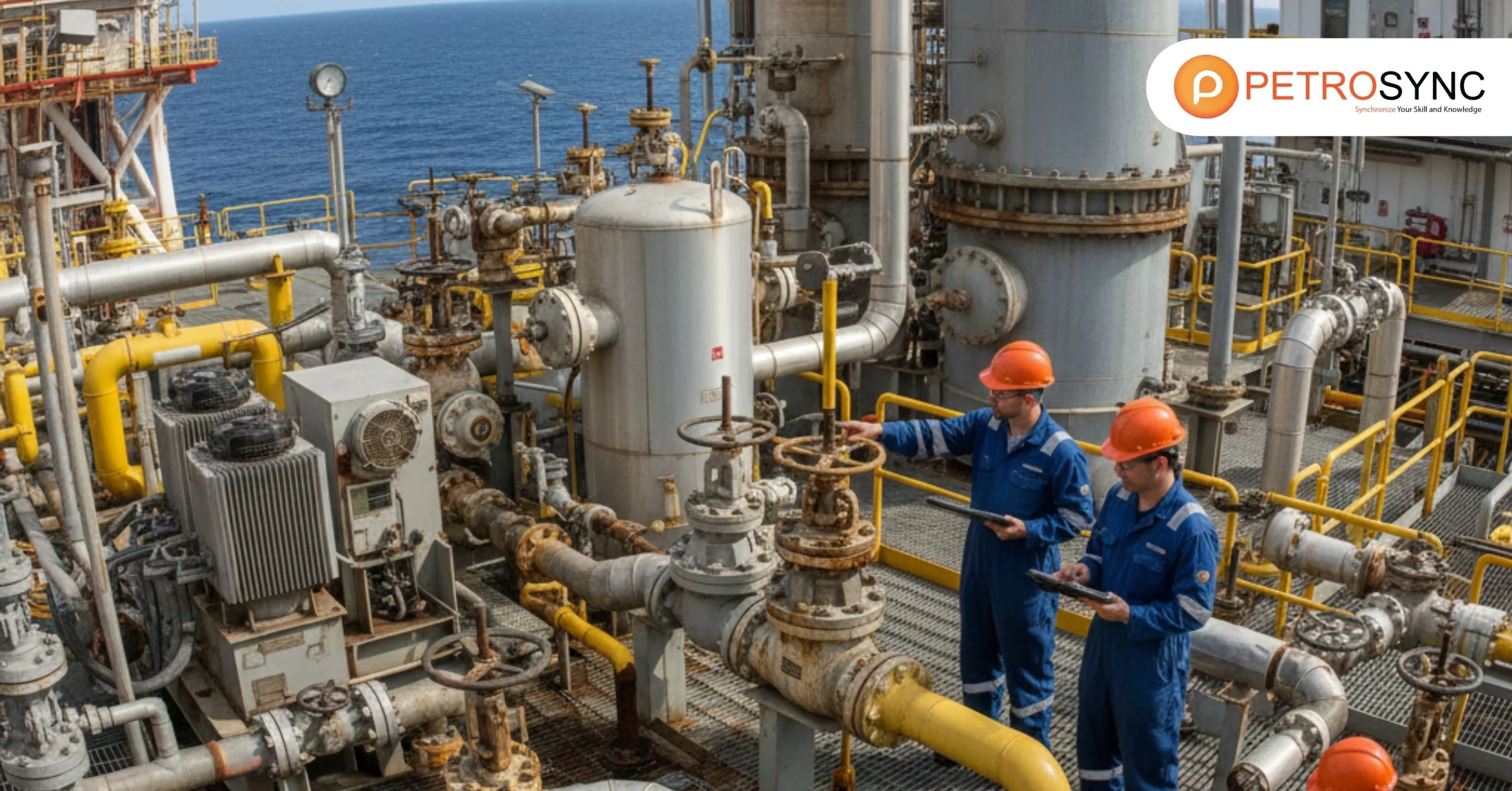The oil and gas industry faces several challenges, particularly in the upstream sector. These challenges include fluctuating oil prices, environmental concerns, and the need for more sustainable practices. However, with the right solutions, companies can navigate these challenges effectively.
The introduction of oil and gas engineering innovations, automation in drilling, and more efficient oil and gas separators has helped streamline operations. Understanding these innovations is crucial for staying competitive in the ever-evolving upstream oil and gas market. One of the main challenges that upstream oil and gas companies face is the high cost of exploration and drilling.
Oil and gas price fluctuations can drastically affect the profitability of projects. As a result, companies are increasingly turning to technology-driven solutions, such as advanced geological mapping tools and AI-powered predictive models, to reduce risk and increase the success rate of exploration.
This reduces the need for repeated drilling attempts and helps conserve resources. By investing in oil and gas training programs, industry professionals can better prepare to tackle these challenges and adopt cutting-edge solutions. Companies that equip their teams with the latest knowledge are more likely to thrive in this competitive environment.
What is Upstream in Oil and Gas?
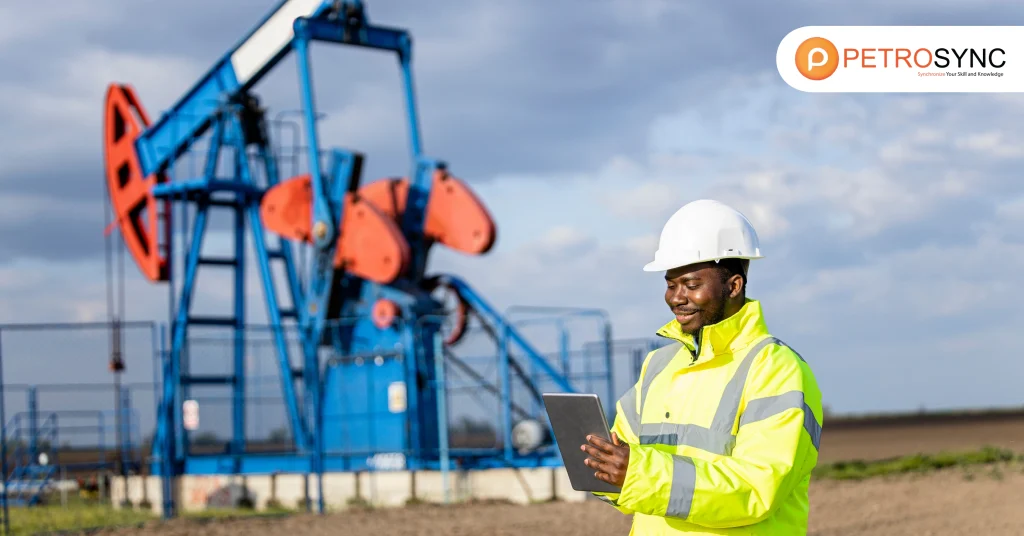
Upstream oil and gas is the first phase in the overall oil and gas industry value chain. It involves activities related to the exploration, drilling, and extraction of crude oil and natural gas from underground reserves. Upstream oil and gas focuses on locating potential reserves, drilling wells, and producing raw oil and gas.
In simple terms, what is oil and gas means the production of essential resources that fuel industries and provide energy for homes and businesses worldwide. This process requires high levels of expertise, cutting-edge technology, and significant investment. As the global demand for energy increases.
Innovations in oil and gas engineering continue to improve how upstream operations are carried out. Advanced technology, including real-time monitoring systems and enhanced oil recovery methods, helps improve extraction efficiency. These technologies help increase the volume of recoverable oil and gas from reservoirs, ensuring the profitability of projects in a highly competitive market.
What is the Difference Between Upstream and Downstream Oil and Gas?
The primary difference between upstream and downstream in the oil and gas industry lies in the activities they encompass. While upstream oil and gas refers to exploration, drilling, and production, downstream oil and gas focuses on refining, distribution, and marketing of the final product. For example, in upstream oil and gas, the focus is on finding and extracting oil and gas from the earth.
In contrast, downstream oil and gas takes the extracted resources and processes them into usable products such as gasoline, diesel, and jet fuel. The midstream oil and gas sector, which connects upstream production to downstream refinement, includes transportation, storage, and logistics of crude oil and natural gas.
The efficiency of the upstream sector directly impacts the entire supply chain. If production is slow or if exploration fails to yield results, it can cause a ripple effect throughout the downstream processes, leading to supply shortages and increasing oil and gas price volatility.
Understanding the relationship between upstream and downstream activities helps professionals better manage risks and streamline operations. Understanding the difference between these sectors is important for anyone entering the field, as it allows professionals to specialize in areas most relevant to their expertise.
What are the Different Types of Upstream?
There are several different types of upstream operations within the oil and gas industry, each focusing on different stages of resource extraction. These include:
1. Exploration:
This phase involves identifying potential sites for drilling by studying geological formations and conducting surveys. Exploration companies invest heavily in seismic surveys and geological data to pinpoint locations where oil and gas might be present. This stage often requires high levels of technical expertise and accurate data analysis.
2. Drilling:
The drilling process involves creating wells to extract oil and gas from underground reserves. Drilling can be done on land or offshore, each presenting unique challenges. Innovations in drilling technology, such as horizontal drilling and deepwater drilling rigs, have allowed oil and gas companies to tap into previously inaccessible reserves.
3. Production:
Once wells are drilled, production involves bringing oil and gas to the surface and preparing it for transportation. This stage also involves managing reservoirs, optimizing recovery techniques, and ensuring that production processes meet safety and environmental standards.
Each type of upstream operation requires different techniques, tools, and technologies to ensure efficiency and safety. Oil and gas training is essential for those involved in these stages to understand the intricacies of each process.
Is Upstream the Same as Offshore?
While upstream oil and gas often takes place offshore, they are not synonymous. Offshore operations refer to the exploration, drilling, and production of oil and gas in bodies of water, typically in deep-sea environments. This requires specialized equipment and techniques to handle the unique challenges posed by underwater drilling.
Upstream oil and gas training operations, on the other hand, can also occur on land, such as in onshore drilling sites. Both onshore and offshore operations are critical to meeting global energy demands. However, offshore drilling presents additional challenges, including harsher environmental conditions, higher costs, and greater technological requirements.
Understanding the distinctions between onshore and offshore operations helps clarify the scope of upstream oil and gas activities. Each type of operation requires specific engineering solutions and safety measures, making specialized knowledge of offshore drilling essential for industry professionals.
What are Upstream Assets in Oil and Gas?
In the oil and gas industry, upstream assets refer to the physical resources and equipment used in the exploration, drilling, and production of oil and gas. These assets include drilling rig, offshore platforms, production facilities, and pipelines. Managing these assets efficiently is crucial for maximizing productivity and reducing costs in upstream oil and gas operations.
Upstream assets are a significant investment for companies in the oil and gas industry. Proper asset management ensures that these resources are used optimally, resulting in increased production and cost savings. The introduction of predictive maintenance tools and real-time asset tracking technology has made it easier to monitor the condition of upstream assets and reduce downtime.
Investing in the latest technologies, such as advanced oil and gas separators and automated monitoring systems, can significantly enhance the performance of upstream assets. Furthermore, proper asset management ensures that resources are optimized, leading to greater profitability and sustainability in the long term.
Join PetroSync Training for Industry-Leading Expertise
As the oil and gas industry continues to evolve, staying ahead of technological trends and regulatory changes is crucial. PetroSync offers comprehensive oil and gas courses and oil and gas training programs that provide professionals with the skills and knowledge necessary to excel in the upstream oil and gas sector.
Whether you’re looking to deepen your understanding of oil and gas engineering, enhance your knowledge of oil and gas separators, or get familiar with FAQs on oil and gas drilling, PetroSync’s Oil and Gas Workshop offers hands-on training and expert insights. Moreover, you can access Free Oil and Gas Training to stay up to date with the latest industry developments.

Results-oriented and thorough SEO specialist with extensive experience in conducting keyword research, developing and implementing digital website promotion strategies and plans, managing campaigns to develop company websites in the digital world, excellent knowledge of marketing techniques and principles, and attentive strong attention to detail.

